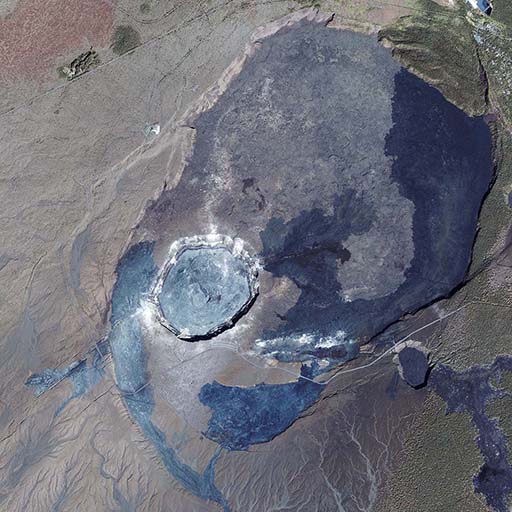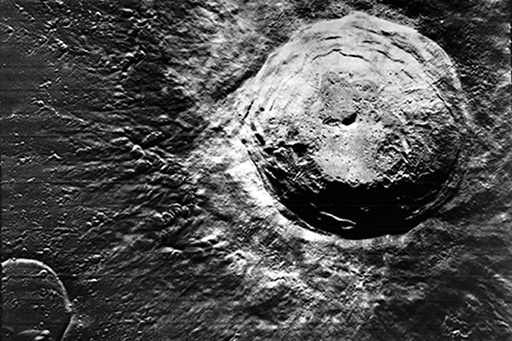2.3 Comparing craters
How do craters on the Moon form?
To many scientists over the last few centuries, the obvious answer was to look to the Earth for similar features. People already knew about the craters found on volcanoes. Such craters form when magma drains downwards after an eruption, leaving a circular depression (sometimes known as a ‘caldera’) at the surface, or when a volume of rock is ejected by an explosive eruption.
The apparent similarities between volcanic craters and images of lunar craters seemed to answer the question of how the Moon’s craters were formed.


